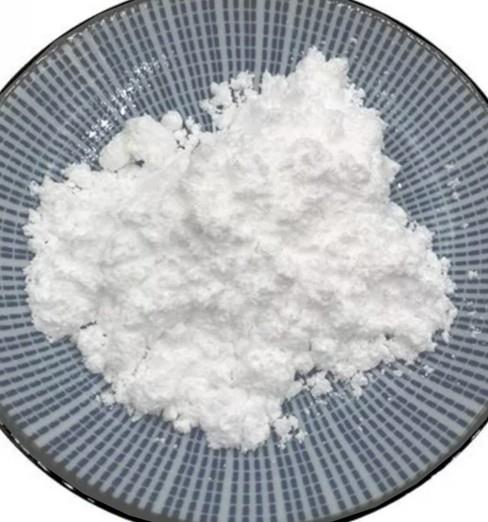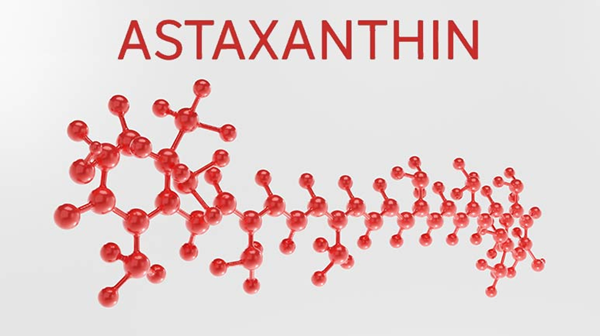Alpha-lipoic acid supplement:Benefits, Pharmacodynamics, Side effects
Nov 19,2025
Alpha-lipoic acid (ALA) is a supplement for managing chronic diseases characterized by oxidative stress, notably diabetic neuropathy, and demonstrates promise in slowing the onset of metabolic syndrome through antioxidant properties. This supplement exhibits multifaceted features, functioning as an antioxidant by mitigating oxidative stress-induced damage linked to chronic metabolic disorders.

Benefits
Alpha-lipoic acid is an essential cofactor for many enzyme complexes and is present in mitochondria as the cofactor for pyruvate dehydrogenase and alpha-ketoglutarate dehydrogenase. It is an effective antioxidant and has been used to treat disease associated with impaired energy metabolism. It also induces the Nrf-2/ARE pathway. In both the R6/2 and N171-82Q transgenic mouse models of HD, dietary supplementation with lipoic acid resulted in significant extension of survival, and delayed weight loss in N171-82Q transgenic mice.
Alpha-lipoic acid is another potential antioxidant that can curb ROS generation by chelating redox-active transition metals augmenting reduced glutathione levels. Moreover, several lines of evidence also showed that it is actively involved in restoring a few biogenic antioxidants. In line with this, lipoic acid has been accepted and validated as an amenable scaffold for incorporating bioactive compounds.[1]
Pharmacodynamics
The mechanism and action of α-thioctic acid(ALA) when supplied externally to an organism is controversial. Lipoic acid in a cell seems primarily to induce the oxidative stress response rather than directly scavenge free radicals. This effect is specific for RLA.Despite the strongly reducing milieu, ALA has been detected intracellularly in both oxidized and reduced forms. ALA is able to scavenge reactive oxygen and reactive nitrogen species in a biochemical assay due to long incubation times, but there is little evidence this occurs within a cell or that radical scavenging contributes to the primary mechanisms of action of ALA.
Side effects
Alpha-lipoic acid is possibly safe for most adults when taken for up to 4 years. It is usually well-tolerated. The most common side effects are headache, heartburn, nausea, and vomiting.
When applied to the skin: Alpha-lipoic acid is possibly safe for most adults when used as a cream for up to 12 weeks. It might cause a rash in some people.
References
[1] Magisetty Obulesu, Chapter 3 - Antioxidants in Alzheimer’s Therapy, Editor(s): Magisetty Obulesu, Alzheimer's Disease Theranostics, Academic Press, 2019, Pages 13-18,ISBN 9780128164129, https://doi.org/10.1016/B978-0-12-816412-9.00003-3.
- Related articles
- Related Qustion
- Lipoic acid:Benefits, Function and Side effects May 9, 2025
Lipoic acid may help manage diabetes symptoms, reduce nerve pain, and support overall health.
- What is Lipoic acid used for? Mar 3, 2025
Lipoic acid is a caprylic acid-derived antioxidant and is synthesized in the mitochondria and is a cofactor in the enzymatic nutrient breakdown.
- The Pharmacological action of lipoic acid Apr 8, 2022
Lipoic acid, with the molecular formula C8H14O2S2, is an organic compound that can be used as a coenzyme to participate in acyl transfer in the metabolism of substances in the body
Tianeptine sulfate is the salt form of the antidepressant drug tianeptine. Tianeptine sulfate serves as a potent agonist for the human μ-opioid receptor (MOR)....
Nov 19,2025APIAstaxanthin is a ketocarotene with strong antioxidant activity, belonging to the lutein class of compounds.....
Nov 19,2025APILipoic acid
62-46-4You may like
- Lipoic acid
-
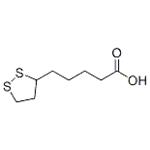
- 2025-12-12
- CAS:62-46-4
- Min. Order:
- Purity: 0.99
- Supply Ability:
- Lipoic acid
-
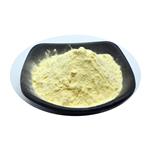
- $0.00 / 1KG
- 2025-12-12
- CAS:62-46-4
- Min. Order: 1KG
- Purity: 99% HPLC
- Supply Ability: 1000KG
- α-Lipoic Acid
-
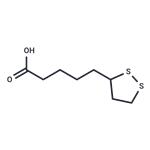
- $47.00 / 500mg
- 2025-12-12
- CAS:62-46-4
- Min. Order:
- Purity: 95.21%
- Supply Ability: 10g




